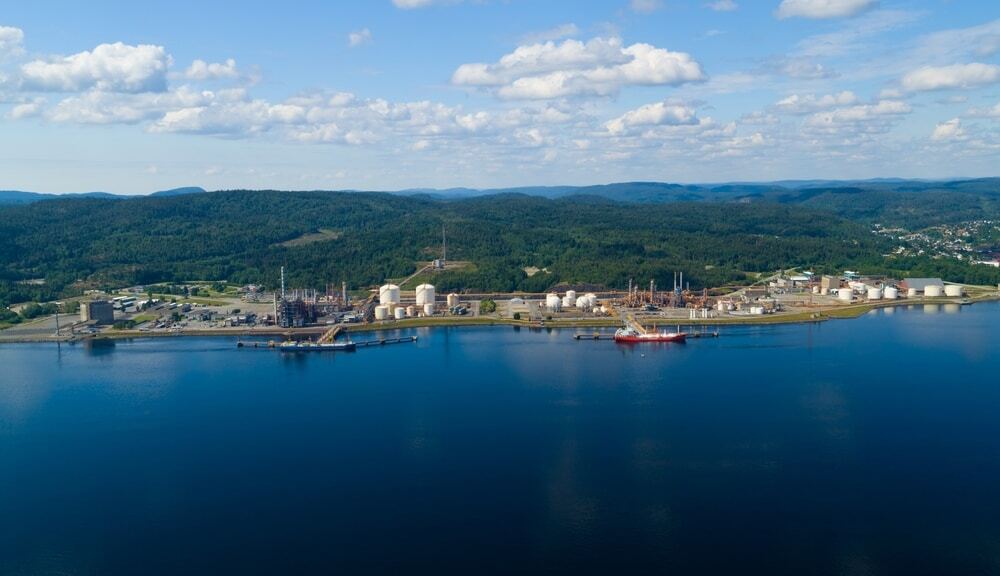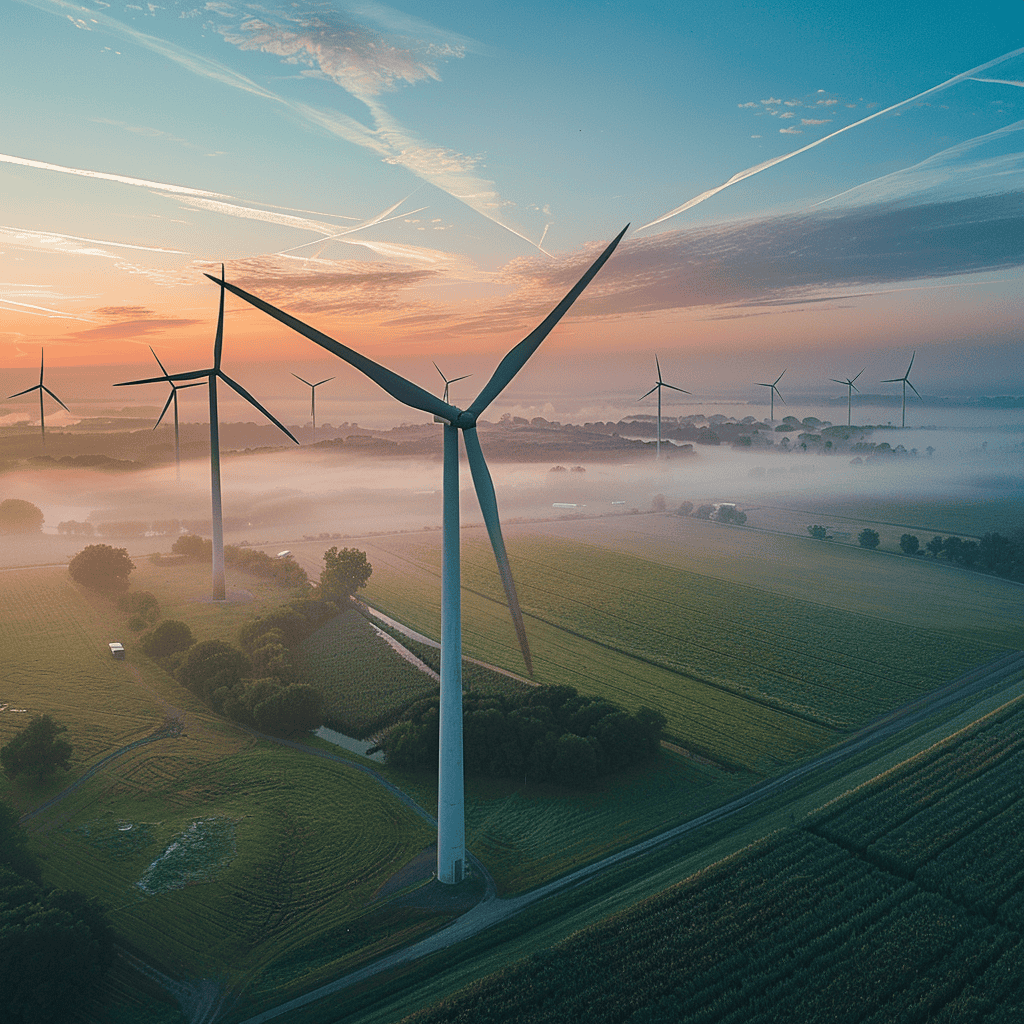
INEOS announced this week that it will be investing more than €2 billion in electrolysis projects in an effort to make carbon-free, green hydrogen available throughout Europe. The first plants will be built in Norway, Germany and Belgium, while investments are also planned in the UK and France.
The first unit that will be built is a 20 MW electrolysis plant that produces clean hydrogen via electrolysis of water. This project will lead to a minimum reduction of an estimated 22,000 tonnes of CO2 per year due to the reduction of the carbon footprint of INEOS’ operations at Rafnes, a Norwegian port, as well as serving as a hub to supply hydrogen to the Norwegian transport sector.

In Germany, INEOS plans to build a larger-scale 100 MW electrolyser to produce green hydrogen at its Cologne site. This development will further support the decarbonisation of INEOS’ activities on the site.
INEOS made this announcement earlier this week. The company says it is already Europe’s largest user of electrolysis, the technology needed to produce green hydrogen for electricity generation, transportation and industrial use.
Shell
It is not the only energy producer that has been making itself heard recently where hydrogen is concerned. Last summer, Shell announced that it had put Europe’s largest hydrogen electrolysis plant into operation. These are PEM electrolysers (where PEM stands for polymer electrolyte membrane), which are more compact than conventional alkaline electrolysers.
PEM elektrolysers
PEM electrolysers are suitable for working with renewable energy sources because they are capable of operating dynamically with varying electricity loads. This enables PEM electrolysers to be operational when wind and solar power generation is at its cheapest. A huge breakthrough.
Shell’s ‘hydrogen plant’ is already located near Cologne, where the Anglo-Dutch energy producer produces green hydrogen. Plans are in place to expand the capacity of this electrolyser from 10 megawatts to 100 megawatts.
It is no coincidence that both projects are heavily reliant on the state of North Rhine-Westphalia, which, in the words of its prime minister, calls itself the “hydrogen region” of Europe.
Repsol
Spanish energy giant Repsol also presented its hydrogen plans last week. The company has announced investments that will amount to over €2.5 billion by 2030. In eight years time, Repsol wants to have the same amount of capacity of 1.9 GW installed. Repsol will use a mix of electrolysis, biogas and photoelectrocatalysis to produce renewable hydrogen. The first electrolysis plant, with a capacity of 2.5 MW, will be put into operation in Bilbao in 2022.
Repsol is known for its innovation in photoelectrocatalysis for the production of sustainable hydrogen. Work is currently underway to set up a pilot plant in Puertollano.
Hydrogen rush
The European rush to hydrogen is very much in line with the plans of the European Union, as outlined in the Green Deal and Fit for 55.
Europe is leading the way in the development of numerous clean hydrogen technologies. The European Union has developed an important strategic policy, thanks in particular to the Fuel Cell and Hydrogen Joint Undertaking (FCH JU). Over the past 13 years, this public-private partnership has funded projects to the tune of nearly €2 billion. The above-mentioned Shell project is part of the European Refhyne Consortium and is co-funded by the FCH JU.
Over the past decade, thanks to Europe’s pioneering role, universities and companies in Europe have been able to improve the efficiency of electrolysis and fuel cells, reduce the use of raw materials and demonstrate the feasibility of hydrogen-based industrial processes.
The only drawback was that most projects often remained small-scale and isolated.
Hydrogen Alliance
The initiatives undertaken by INEON, Shell and Repsol, among others, show that the time has come for large-scale industrial application of (clean) hydrogen technologies.
In order to get the players on the market to interact better with each other, the European Commission has also set up the Clean Hydrogen Alliance in 2020. It is a platform for industry, national and local governments, civil society and other stakeholders. Within a short time, more than 1,500 members have already joined this ‘hydrogen alliance’.
Clean hydrogen technologies are playing a key role in the continent’s transition to a carbon-neutral economy by 5050, as set out in the European Green Deal.
Read more about the challenges of hydrogen here.







